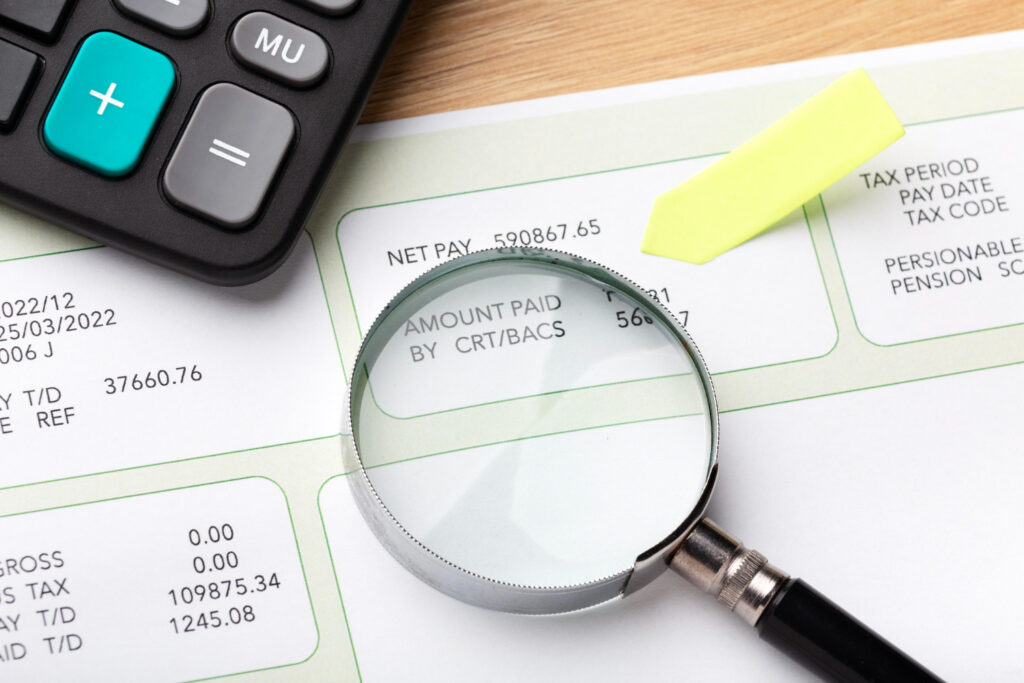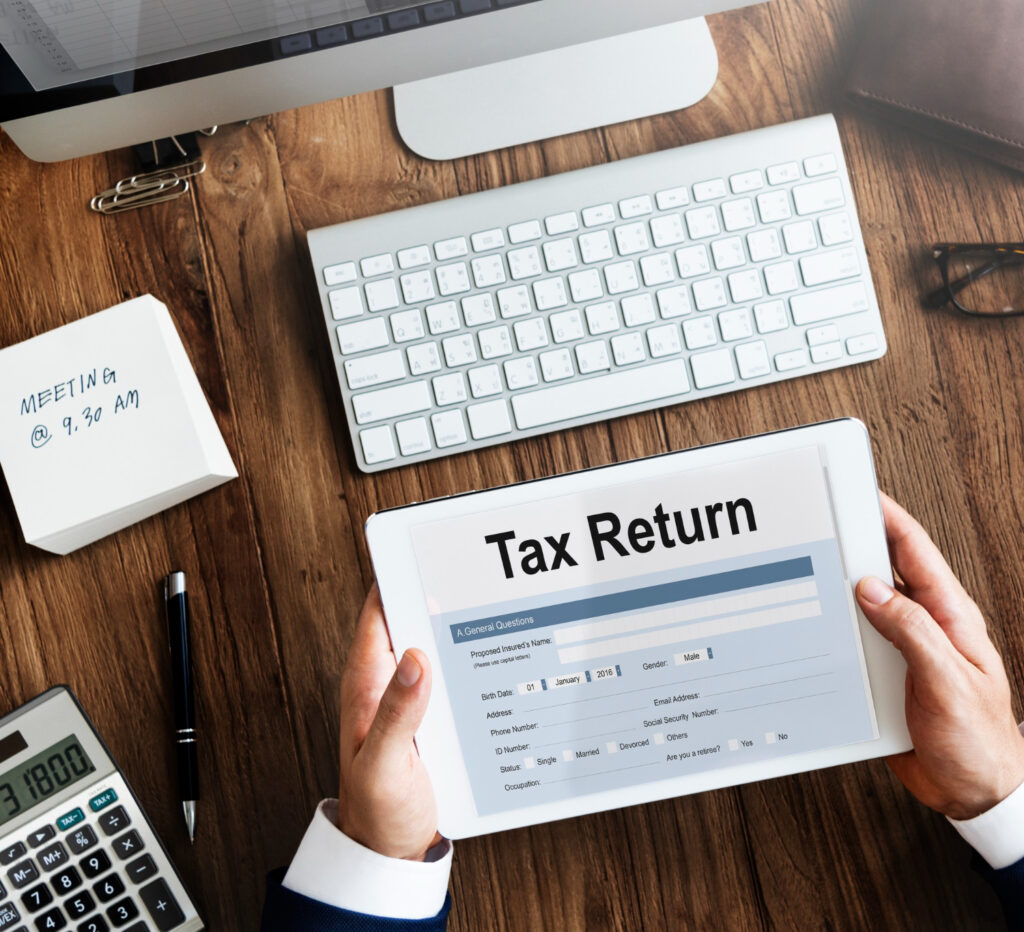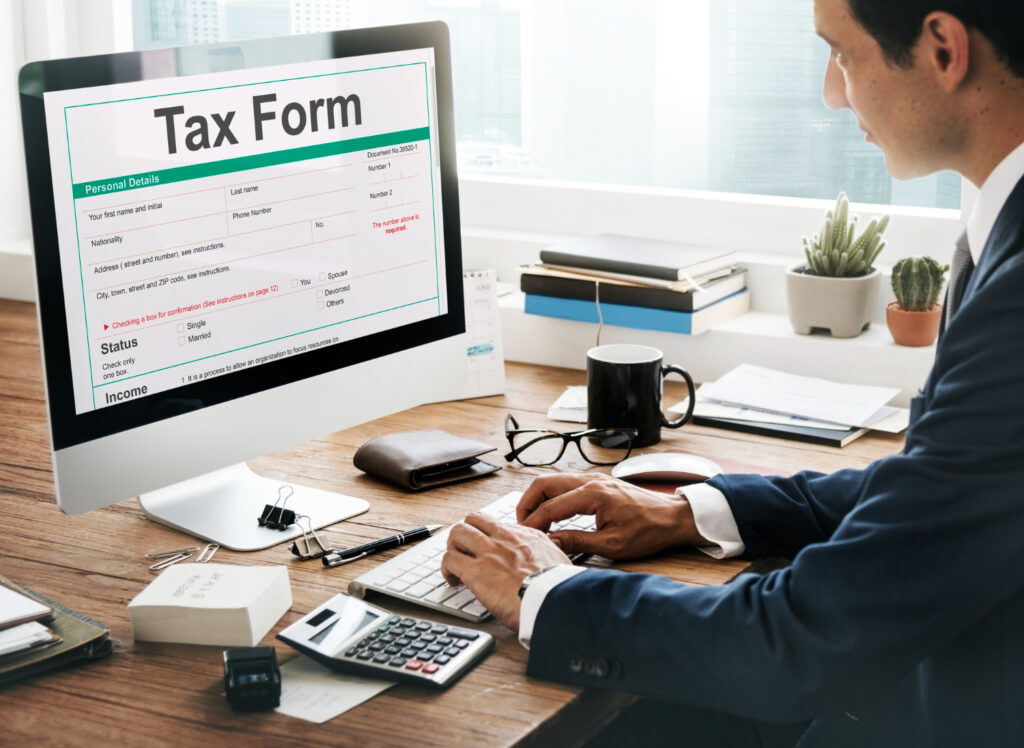The Internal Revenue Service (IRS) is the backbone of American fiscal administration, responsible for tax collection and ensuring refunds reach millions of taxpayers. Yet, widespread concerns about long wait times, outdated technology, and complex processes have left many wondering how they can receive their refunds faster and enjoy smoother service. In this guide, we explore both the broader challenges facing the IRS and offer concrete, actionable steps that every taxpayer can take to navigate the system more efficiently.
The Bigger Picture: IRS Challenges and Policy-Level Strategies
Outdated Systems and Limited Funding
Recent reports by Reuters and Treasury officials highlight that the IRS struggles with legacy systems and budgetary constraints. Proposed funding cuts, including a frozen $20 billion in enforcement funds, threaten to slow down modernization efforts. These cuts not only impact the agency’s ability to upgrade its technology but also result in fewer audits and longer processing times for tax returns.
Broad Strategies for a Modernized IRS
Experts suggest several macro-level solutions:
- Accelerate Technology Modernization: Expanding electronic filing systems and integrating automation tools like AI and machine learning can dramatically reduce errors and speed up processing.
- Increase Funding and Optimize Staffing: Legislative action to unlock frozen funds is critical. With adequate funding, the IRS can hire more staff and invest in customer service improvements.
- Streamline Processes: Simplifying filing procedures and enhancing online self-service portals would empower taxpayers to handle issues independently, reducing the need for lengthy manual reviews.
While these initiatives are essential for long-term improvement, they largely depend on congressional action and significant investments—factors that may not immediately benefit the average taxpayer.

Practical, Actionable Tips for Taxpayers Today
For many taxpayers, the key to a faster refund lies in optimizing individual practices. Here are concrete steps you can take right now:
File Electronically and Opt for Direct Deposit
- E-File Your Return: Electronic filing (e-filing) is proven to be much faster than paper filing. The IRS processes electronic returns within about three weeks compared to six weeks or more for paper filings.
- Choose Direct Deposit: Instead of waiting for a check, provide your bank account details to have your refund deposited directly into your account.
- Double-Check Your Information: Errors in your Social Security Number, bank routing, or account details can lead to delays. Use tax software with built-in validations to minimize mistakes.
Organize and Update Your Records
- Keep Documents Organized: Maintain copies of your tax returns and all supporting documents. Organized records allow you to quickly respond to any IRS inquiries.
- Update Your Information: If you change your address or bank details during the filing season, update your information with the IRS immediately to avoid misdirected refunds.
Utilize Free Tax Assistance Programs
- Volunteer Income Tax Assistance (VITA): If your income is below the eligibility threshold, take advantage of VITA programs that offer free, accurate tax help.
- Taxpayer Advocate Service (TAS): If you experience significant delays or unresolved issues, TAS can offer free assistance and intervene on your behalf.
File Early and Avoid Common Pitfalls
- Submit Early: Filing your tax return at the beginning of the season can help you avoid the rush and reduce the likelihood of errors.
- Review IRS Communications Carefully: Always read IRS notices or letters thoroughly and respond promptly to any requests for additional documentation.

The Path Forward: Combining Macro Initiatives with Personal Best Practices
While broad reforms—such as increased funding and technological upgrades—are crucial for the IRS to improve overall efficiency, individual taxpayers can take several practical measures right now to expedite their refund process. By filing electronically, opting for direct deposit, monitoring your refund status, keeping records organized, and utilizing free assistance programs, you can significantly improve your personal experience during tax season.
These steps not only empower you to secure a faster refund but also help alleviate some of the pressure on the IRS system as it works toward longer-term improvements. Staying informed and proactive is the best way to navigate the complexities of the tax system until larger-scale reforms take effect.
By integrating these actionable tips with broader policy insights, this guide aims to offer a comprehensive resource that is both inspirational and immediately useful for taxpayers eager to improve their IRS experience.



